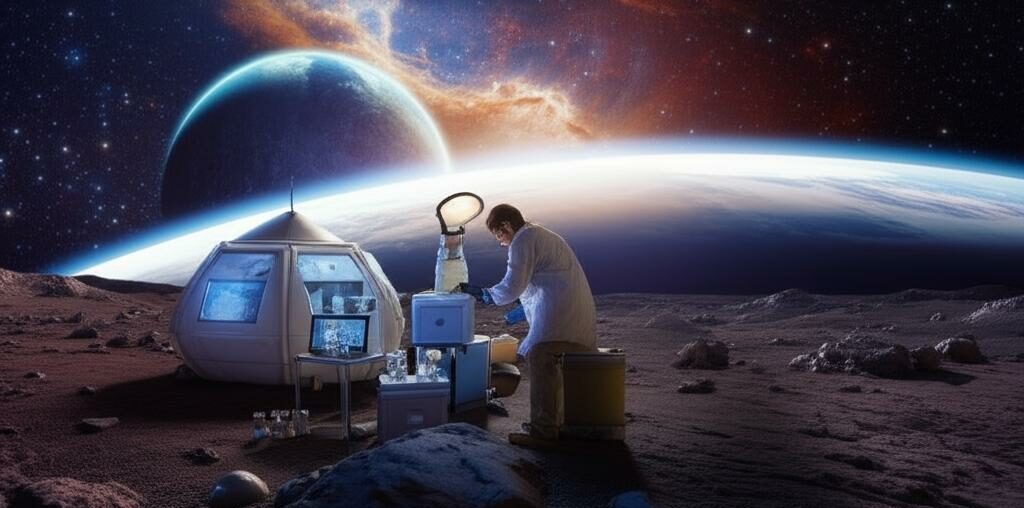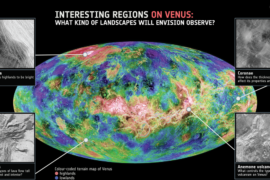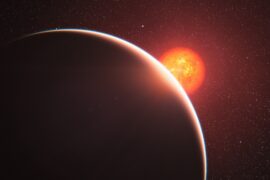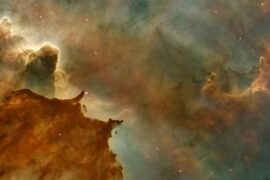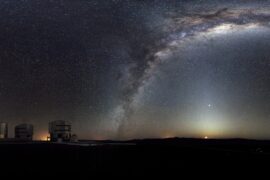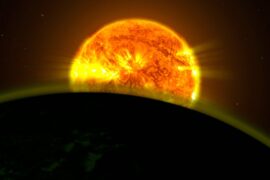On April 12, 1961, Yuri Gagarin became the first human in space — a moment that began a century of asking whether we are alone in the cosmos. That urge to know has driven telescopes, probes, and labs ever since, and it’s why astrobiology feels both ancient and urgently modern. Curiosity matters, but so do concrete returns: astrobiology advances methods for detecting life, improves climate and atmospheric models, and spins off rugged instruments used in medicine and the environment. Institutions such as NASA and university research programs fund missions and training (NASA employs more than 18,000 people), while international bodies help set rules for exploration. This article lays out seven clear reasons to study astrobiology, showing how each links to real missions, measurable data (over 5,000 exoplanets discovered as of 2023), and career paths that matter on Earth as well as beyond.
Scientific and existential discoveries
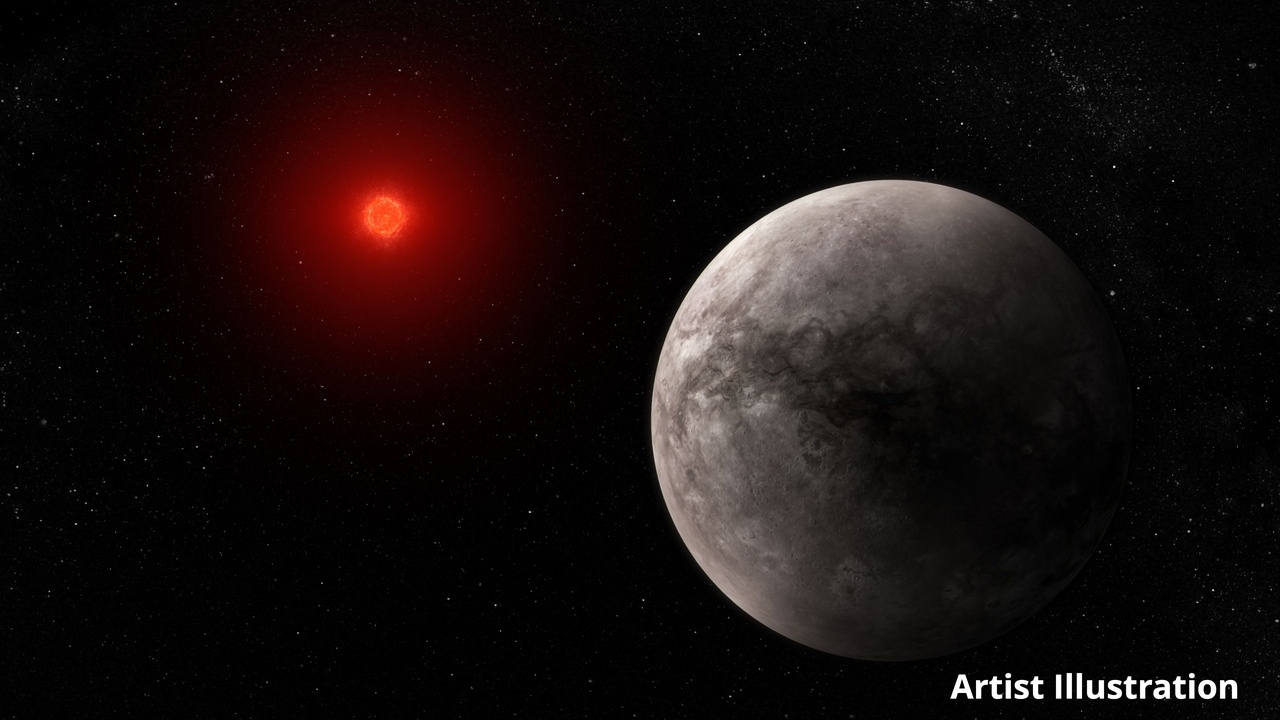
Astrobiology expands our picture of life’s origins, distribution, and the conditions that support it. The field combines astronomy, biology, geology, and chemistry to test concrete hypotheses about habitability and biosignatures. Large observational programs provide measurable inputs that drive new experiments and mission planning.
1. Discovering whether life exists beyond Earth
Finding life elsewhere would transform science and culture. The exoplanet catalogs from Kepler and TESS (over 5,000 confirmed planets as of 2023) have expanded target lists, while missions aimed at ocean worlds (Europa, Enceladus) and Mars sample-return campaigns focus on places with real potential for biosignatures. Europa Clipper, scheduled for launch in the mid‑2020s, will scout a prime ocean world.
Detecting life drives instrument development: tiny mass spectrometers, gas chromatographs, and wet‑chemistry analyzers fly on rovers and landers. Those same detection techniques inform environmental monitoring and medical diagnostics on Earth, from trace-gas sensing to DNA-based assays. In short, the search-for-life spawns methods that serve many fields beyond planetary science.
2. Understanding the origins and limits of life
Astrobiology probes how life begins and what conditions organisms tolerate. Classic experiments such as Miller–Urey (1953) set the foundation for testing prebiotic chemistry, and modern lab work recreates early-Earth conditions to evaluate plausible chemical pathways. That bench science informs models of biogenesis.
Field studies of extremophiles — from Antarctic deserts to deep‑sea hydrothermal vents — map life’s boundaries and suggest where to look on other worlds. These findings feed synthetic biology and resilience research, and they guide planetary protection policies that prevent forward and backward contamination.
3. Mapping planetary habitability and climate science
Astrobiology refines atmospheres and climate models that apply across planets. Since 2022, JWST and advanced ground-based spectroscopy have delivered atmospheric spectra for exoplanets, letting scientists test models of greenhouse effects, clouds, and chemistry under very different conditions.
Comparative planetology — contrasting Venus, Earth, and Mars — tightens our understanding of climate stability and runaway scenarios. Techniques developed for exoplanet spectroscopy and remote sensing translate to Earth applications: better satellite retrievals, improved aerosol and trace-gas monitoring, and more robust climate predictions.
Technological and economic benefits
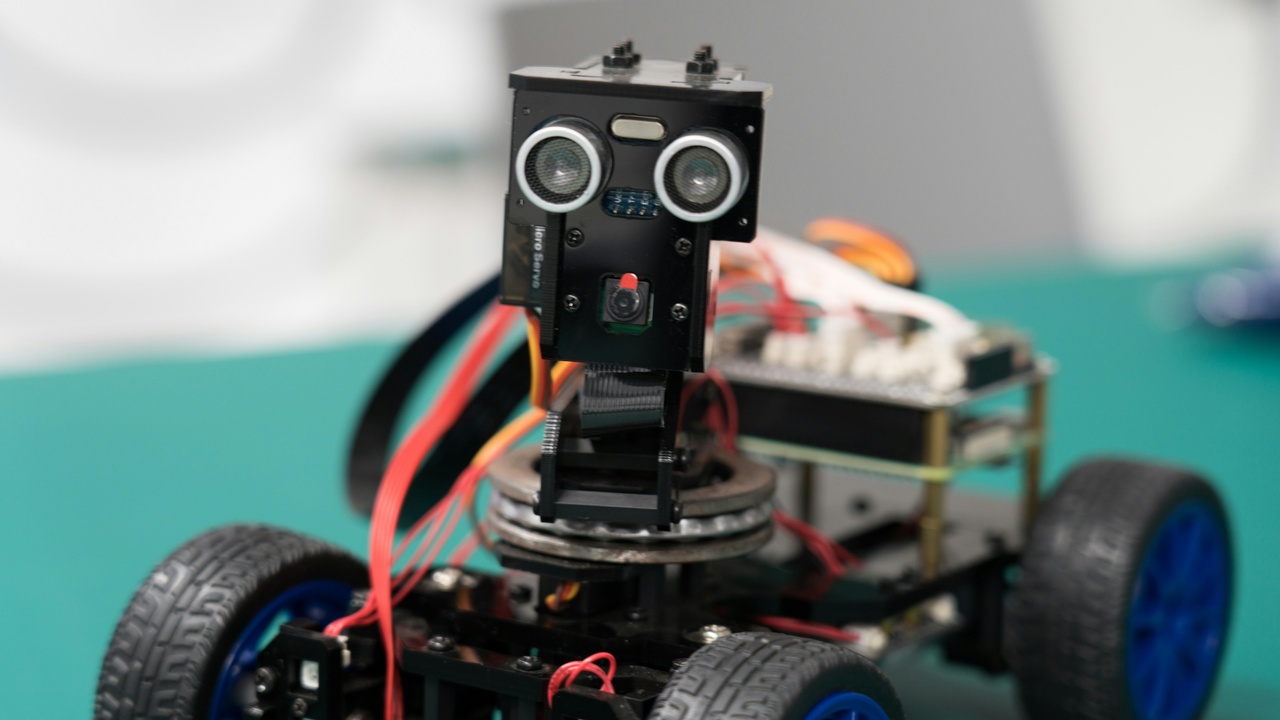
Engineering challenges in astrobiology spur new sensors, robotics, and compact lab systems. Instruments built to operate in extreme, low‑power conditions become civilian tools. Meanwhile, the broader space economy produces measurable jobs and revenue that support innovation and startups.
4. Driving new instruments and spin-off technologies
Astrobiology missions require rugged, low-mass, and low-power instruments. That need has produced miniaturized mass spectrometers, microfluidic lab-on-a-chip systems, and advanced spectroscopy software. These tools find second lives in field diagnostics, environmental monitoring, and industrial sensing.
Algorithms developed for rover autonomy — simultaneous localization and mapping (SLAM) and terrain classification — now power terrestrial robots used in mining, agriculture, and search-and-rescue. Microfluidic chips designed for life‑detection experiments support point‑of‑care PCR testing in remote clinics. Spectral-analysis pipelines built for exoplanet atmospheres assist air-quality monitoring back home.
5. Supporting jobs, startups, and the space economy
Studying astrobiology trains people in instrument design, data science, and interdisciplinary problem solving — skills industry actively seeks. The global space economy was valued at roughly $400 billion in the early 2020s, and that market creates roles across government, industry, and academia.
Graduates move into planetary science at agencies (e.g., NASA), commercial space firms, biotech labs, and startups that commercialize sensors and analytics. University programs feed mission teams and entrepreneurial ventures. In short, astrobiology education translates into tangible career pathways and measurable economic activity.
Societal, educational, and ethical impacts

Beyond labs and rockets, the reasons to study astrobiology include its power to inspire, its role in interdisciplinary training, and the ethical questions it raises. Programs supported by organizations such as NASA and guidelines from COSPAR shape education and international policy.
6. Inspiring education and interdisciplinary skills
Astrobiology naturally bridges geology, microbiology, chemistry, and astronomy, making it an ideal gateway into STEM. Institutional support — for example, the NASA Astrobiology Institute established in 1998 and numerous university programs — creates clear training pathways and fellowships.
Students gain hands-on experience in labs and field analogs (Antarctic, desert, and volcanic sites) and in mission operations internships. That interdisciplinary training prepares graduates for careers in climate science, biotech, data analysis, and mission engineering, and it helps retain students who might otherwise leave STEM.
7. Shaping policy, ethics, and how we see ourselves
Searching for life forces legal and ethical choices. The 1967 Outer Space Treaty and COSPAR planetary protection guidelines already govern how nations plan sample-return missions and handle potential contamination. Astrobiology research informs those rules and the debates that shape them.
Practical impacts include strict protocols for Mars sample-return handling, international coordination on spacecraft sterilization, and science diplomacy that brings countries together. If we ever detect life, even microbial, we would need new legal frameworks and ethical discussions about stewardship, access, and the cultural meaning of that discovery.
Summary
Astrobiology combines big-picture discovery with clear practical payoffs: it seeks life beyond Earth while driving technology, careers, education, and international policy. The field connects missions, lab experiments, and public engagement in ways that matter for science and society.
- Discovery potential: Finding life (or ruling it out) would reshape science and culture and is backed by data from missions and exoplanet catalogs (e.g., Kepler, TESS).
- Scientific payoff: Origins-of-life experiments (since Miller–Urey, 1953), extremophile studies, and JWST atmospheric observations (since 2022) expand our models of habitability.
- Technology and economy: Rugged instruments and autonomy algorithms spin off into medicine, environmental sensing, and robotics, supporting a multi‑billion‑dollar space ecosystem.
- Society and policy: Interdisciplinary education (e.g., NASA Astrobiology Institute, 1998) and international guidelines (Outer Space Treaty, 1967; COSPAR) shape responsible exploration.
Enjoyed this article?
Get daily 10-minute PDFs about astronomy to read before bed!
Sign up for our upcoming micro-learning service where you will learn something new about space and beyond every day while winding down.

